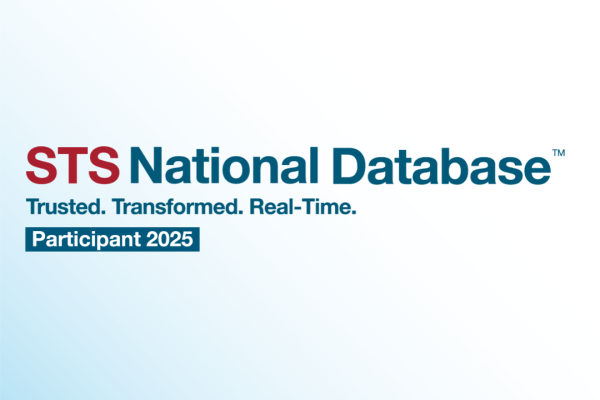Interventional catheterization treats and repairs heart conditions during catheterization. Special devices are used to look inside the heart with only a few small cuts in the skin.
These procedures include:
- Cardiac Catheterization - This procedure is used to detect the presence, location and size of blockages in the heart. This allows the cardiologist to look at heart functions and heart valve health. With this procedure, a catheter is placed in a blood vessel (usually in the groin or or wrist area) and gently guided to the heart. The cardiologist then uses a contrast die to trace the flow of blood through the arteries and chambers of the heart.
- Percutaneous Coronary Intervention (PCI) / Also known as Angioplasty - This procedure utilizes a balloon inserted through the catheter which is placed next to the blocked artery. As the balloon inflates, it compresses the plaque opening the artery to allow for blood flow.
- Atherectomy - This procedure opens hardened blockages through the use of a vaporizing laser or plaque removal device. It can be used in conjunction with balloon angioplasty and stent implantation.
- Stent Implantation - This procedure places a stent (small metal coil or tube) in the reopened artery which keeps the artery from closing back.
- Parent Foramen Ovale Closures - Our cardiologists also perform Parent Foramen Ovale Closures. The PFO is open in utero allowing oxygenated blood from the mother to by-pass the baby’s lungs and closes after birth. If it does not, our cardiologists can use a transcatheter patch to close this opening between the two atrial chambers of the heart.
The most frequent interventional procedures are the catheter-based. This is a process where a small sheath catheter is inserted through the groin or wrist to view the heart and open blocked arteries with angioplasty or stent implantation.
Emergency and rescue procedures offered in the Cath Lab include:
- Hypothermia/Intra-Aortic Balloon Pump - One therapy in the severely sick is Hypothermia to reduce metabolism and therefor the need for oxygenation reducing the harm from a lack of oxygen during the acute phase.
- Intra-aortic Balloon (IAB) counter-pulsation is used when the patient and heart are in shock. IAB quickly reduces the workload on the heart and increases delivery of oxygen to the heart and vital organs during the acute period or the early stages of a heart attack.


